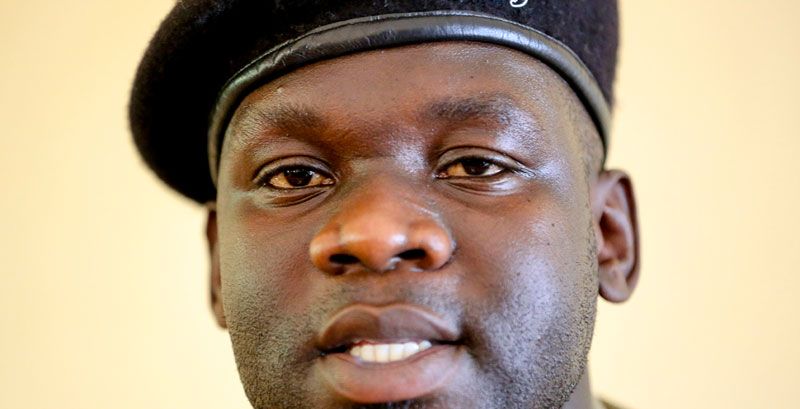
How inadequate attention is contributing to a vicious circle of poverty, disease and poor health
One of the greatest threats facing underage girls in Uganda are not wild animals, nor is it motor accidents along the roads as they go to school or snake bites as they go about their work in homes. It is rather parents and teachers – the very people supposed to protect them.
To make matters worse, majority of the cases of child abuse are sexual abuse cases – 80% according to a 2005 report on child abuse by ANPPCAN. The report revealed that out of the 7,844 cases of child abuse that were reported to various sources including Police, 80% of them were sexual-related. The situation appears to be getting worse if one considers more recent data from at least one Police station.
According to Jimmy Patrick Okema, the Police Spokesperson for Aswa region, 396 cases of defilement were reported at Gulu Central Police during a three months period March to July 2017.
What makes the problem of child sexual abuse even more serious is the fact that the victims of these heinous crimes are vulnerable young girls who find it difficult to report the abuses, let alone endure the more arduous process of pursuing their perpetrators in the courts of law.
And perhaps even more importantly, is the fact that the results of these crimes often condemn the victims to a lifetime of poverty by forcing the girls to drop out of school with unwanted pregnancies, or to suffer terrible health complications like fistula.
It is worth pointing out as well that child sexual abuse inflicts considerable humiliation on the part of the victim in the family and community which forces them to endure even greater abuse.
It is a grave problem that gets little attention by the government, as seen from the very limited resources that are allocated to it, or programming that is geared towards ensuring that it is rooted out of society.
This has had far reaching consequences for Uganda ranging from impairing the health of mothers and children to increasing the cost of healthcare and education. For example, one of the biggest drivers of Uganda’s rapid population growth rate, according to the 2014 Uganda Population Census Report, is the high fertility rate of Ugandan women (6 children per every woman), which is in turn influenced by the very young age of first sexual encounter.
Because Ugandan girls are tempted or coarsed to begin having sex and families early, they tend to have more children in their lifetime compared to other countries where girls for example spend more years in school.
According to Dr. Deogratius Ssekimpi from the Uganda National Association of Community and Occupational Health, underage sexual relationships constitute the greatest challenge for Uganda’s Uganda’s development.
To back up his argument, Dr. Ssekimpi attributes a number of the social economic ills afflicting Uganda’s society such as the high rates of child and mother’s deaths, as well as women’s less than optimum contribution to the economy through unpaid domestic work, as being linked to their inability to finish school because of a legacy of sexual abuses that is propagated by traditions and poverty.
“I think it is critical at this point to pay special attention to adolescent girls because they are central to the health of the country. For example, infant and child mortality rates are often used as key indicators to measure how healthy a country is.
And yet, when you critically look at these indicators under the MDG (Millennium Development Goals) Framework, all of them are very seriously related to adolescent girls.
“This is because, when you look at those who die in labour, they are under-age girls. You won’t easily find fistula unless you’re talking about adolescent girls because they are the ones who produce when they are young and tend to experience obstructed labour far more commonly than mature women. And when they produce children, they are again the ones who experience the majority of neonatal deaths.”
“If there’s anyone thing that we can do to change the health of this country, is to tell all the men to leave all the adolescent girls alone.
Whether you’re still a young man, an older man, a teacher or politician, if they could help us and ensure that girls are not touched until they are 18, these figures would change. Despite the many campaigns against Malaria, and so on, the one problem with the most enduring effect is going to be that of sex with underage girls.”
But merely crusading against the vice may prove a futile exercise, considering the fact that the factors that render underage girls vulnerable are more complex and behavioural in nature.
For example, in Gomba district of central Uganda which has one of the highest rates of underage marriages in the district, the tradition of abducting girls by their suitors, is deeply rooted in the culture among the cattle-keeping communities of the district.
According to Gerald Katongole, the Assistant district education officer for Gomba, fighting the vice of child marriages requires attacking the tradition of marriage. According to Katongole, it is Ok for the Mulaalo or cattle-keeper to abduct a girl (usually when she is out grazing cattle), and force her to marry him.
Katongole says: “If he succeeds, which sometimes means making her pregnant, the man will approach the girl’s parents to say that he has their daughter. At this meeting, all the parents can do is to state the dowry, usually in the number of cattle their son in law must pay to be allowed to take their daughter.”
According to Katongole, this practice of abducting is rampant among the cattle-keepers, but very difficult to fight because it usually involves consent from the parents.
Outside the cattle-keeping communities, rampant poverty often forces parents to extort money from perpetrators as opposed to using the courts as a mechanism to fight the vice.
“Ignorance and poverty are some of the biggest obstacles in the war against child sexual abuse. Very often, we find that parents take the perpetrator to police not to punish him but rather with the sole intention of getting money from him,” said Katongole.
The situation is made worse by the lack of resources allocated by the government to the Police Family Division and the Community Development Officers (CDO), to investigate the cases.
“One of the biggest frustrations we face is that most of these cases tend to collapse because the police and the districts do not have a budget to facilitate officers to carry out home visits, which are required for one to effectively investigate the case and compile evidence, especially if the victim is not pregnant.”
Ignorance on the part of the victims and the caring parents, also tends to get into the way of the evidence collection. Katongole argues that victims usually report cases days after they have been abused and when the evidence is destroyed.
“You find that a girl will want to bathe and dress up before going to Police to report. In the process of bathing, she destroys the evidence,” says Katongole.





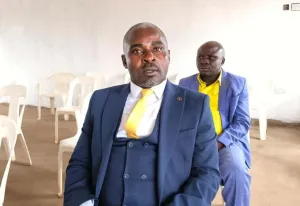

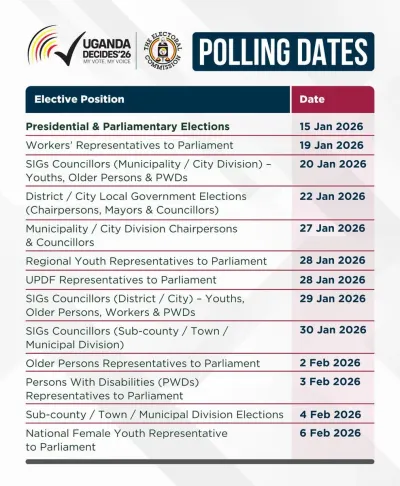

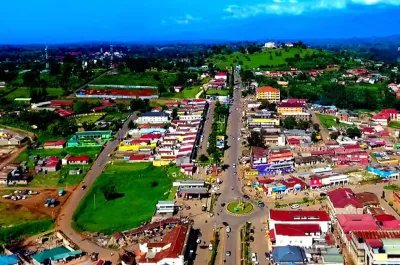




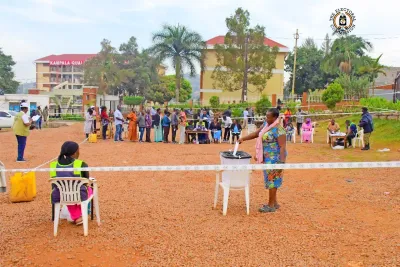
Sunrise reporter
Leave a Comment
Your email address will not be published.